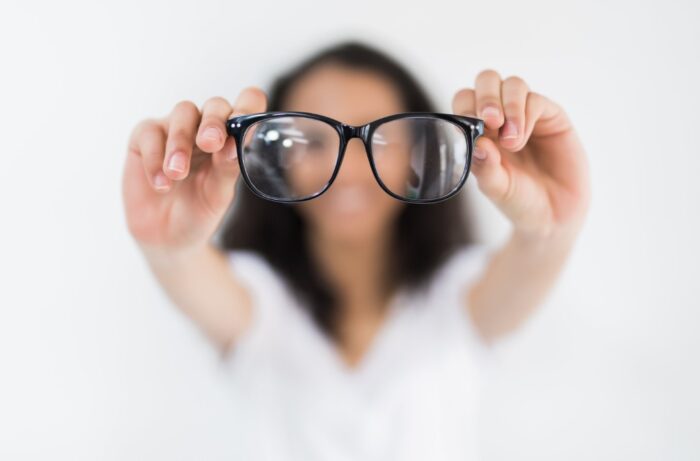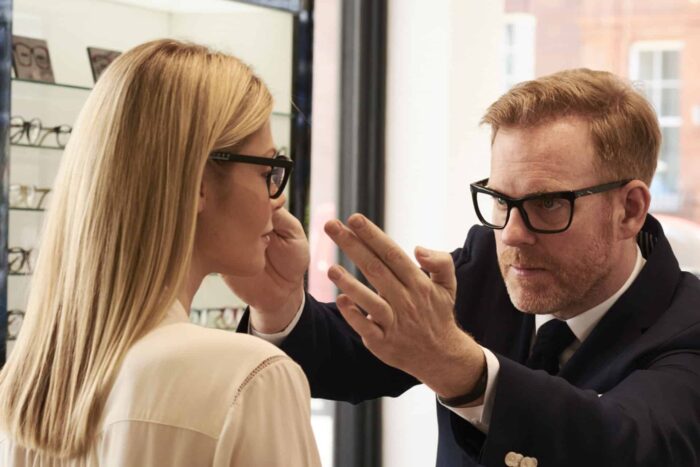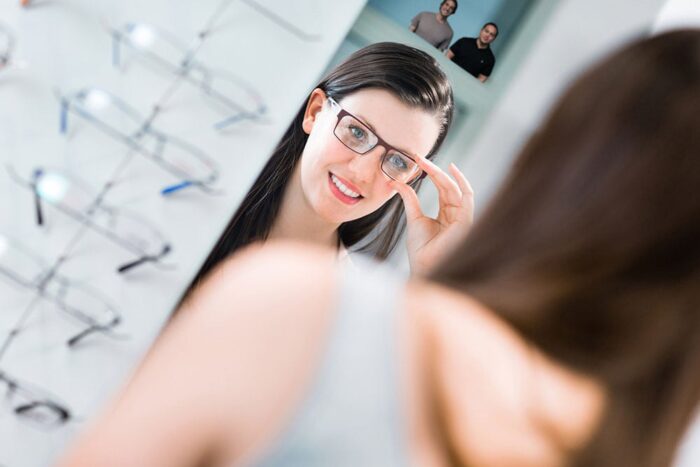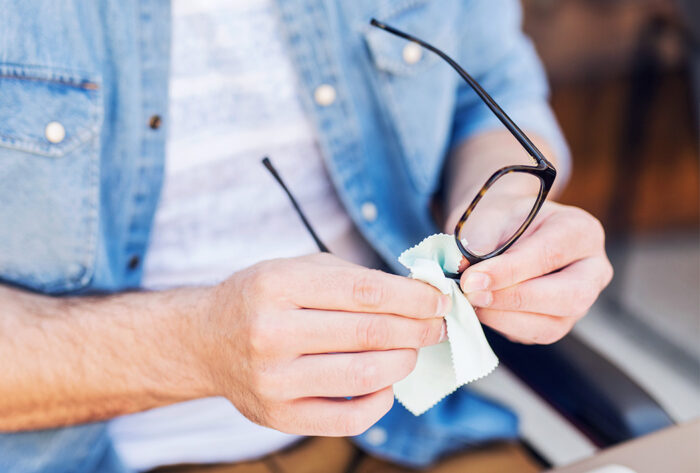
A lens is a piece of glass that is used to correct vision. There are many different types of lenses, and each one is designed for a specific type of glasses wearer. We will also provide a guide on how to choose the right lens for your needs.
In this blog post, we will discuss the different types of lenses for glasses and which ones are best for each type of glasses wearer.
The different types of lens coatings and what they do
When shopping for new glasses or sunglasses, you may have noticed that some lenses come with special coatings. These coatings can serve a variety of purposes, from making the lenses more durable to reducing glare. Here is a closer look at some of the most common types of lens coatings and what they do:
Anti-reflective (AR) coating
This type of coating helps to reduce glare by preventing light from reflecting off the surface of the lens. AR coating is especially helpful for people who work in front of computers or drive long hours at night.
UV coating
UV coating helps to protect your eyes from harmful ultraviolet rays. UV-coated lenses are essential for sunglasses, as they help to block out harmful sun rays.

Scratch-resistant coating
As the name implies, this type of coating helps to make lenses more resistant to scratches. Scratch-resistant coatings are often applied to both eyeglass and sunglass lenses.
Hydrophobic coating
Hydrophobic coatings help to repel water and other liquids from the surface of the lens. This type of coating is often used on safety glasses and sports goggles.
If you are unsure which type of lens coating is right for you, be sure to ask your optician for advice. They will be able to help you choose the right type of lens coating based on your individual needs.
How to choose the right lens curvature for your face shape

When choosing eyeglass lenses, the curvature (or “refractive power”) is an important factor to consider. The amount of curve will affect both the way the glasses look on your face and how well they correct your vision.
If you have a high degree of refractive error, you will need a more curved lens correction ─ properly focus light on your retina.
However, if your eyeglass prescription is relatively mild, you may be able to choose between lenses of different curvatures. The right choice for you will depend on both your visual needs and your personal preferences. People with round faces, for example, may prefer flatter lenses that don’t accentuate the width of their faces.
Conversely, those with very wide faces may find that rounder lenses help to balance their features. Ultimately, there is no “right” answer when it comes to lens curvature – it’s simply a matter of finding the best option for you.
What kind of lens material is best for you
There are many different types of lens materials available on the market today, each with its advantages and disadvantages. The most popular type of lens material is plastic, which is lightweight and durable. However, plastic lenses can scratch easily and are not as optically clear as glass lenses. Glass lenses are slightly heavier than plastic but are more scratch-resistant and provide better optics.
Glass lenses can break more easily than plastic. Another type of lens material is polycarbonate, which is a lightweight, shatter-resistant material that provides excellent optics. However, polycarbonate lenses can also scratch easily. Ultimately, the best type of lens material for you depends on your individual needs and preferences.
How to determine your prescription strength

If you wear corrective lenses, it is important to have the right prescription strength to see clearly. Fortunately, there are a few simple ways to determine what your prescription strength should be. One way is to ask your family and friends if they think your vision is blurry. If they frequently tell you that you need to adjust your glasses or squint to see things clearly, you likely need a stronger prescription.
Another way to tell if your prescription is too weak is by looking at the labels on the eye chart. If you can read the top line of the chart without difficulty, but the bottom line is blurry, your prescription is probably too weak. However, if you can only read the bottom line with difficulty, your prescription is probably too strong.
Finally, if you experience headaches or eye strain after wearing your glasses for a prolonged period, your prescription likely needs to be adjusted. By considering these factors, you can ensure that you have the correct prescription strength for your needs.
Tips for taking care of your glasses lenses
Glasses are a necessity for many people, but they can be a bit of a hassle to take care of. Here are a few tips to help you keep your lenses clean and clear. First, avoid using harsh chemicals or abrasive materials when cleaning your glasses. These can damage the lens coating and cause scratches. Instead, use mild soap and warm water. Gently rub the lenses with your fingertips, then rinse them with clean water and dry them with a soft cloth.
Secondly, don’t forget to clean the frame as well as the lenses. The frame can trap dirt and dust, which can eventually make its way onto the lenses. Use a soft brush or cloth to wipe down the frame regularly. Finally, be careful when handling your glasses. Always hold them by the frame, not the lenses, and avoid putting them face-down. By following these simple tips, you can keep your glasses in top condition for years to come.

Conclusion
Now that you know all about the different types of lens coatings and what they do, as well as how to choose the right lens curvature and material for your face shape and prescription strength, it’s time to shop for some new glasses! Be sure to take into account all of the factors we’ve discussed in this post so that you can find a pair of specs that will make you look and feel great. And don’t forget – always keep your lenses clean and free from scratches by using a good quality eyeglass cleaning solution and cloth.








